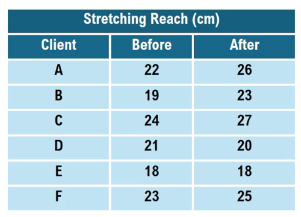In statistical analysis, understanding the concept of matched pairs is crucial when conducting hypothesis tests involving two samples. Matched pairs occur when two samples are related in a specific way, allowing for a one-to-one pairing of values. This relationship can manifest in various forms, such as before-and-after comparisons of the same individual, comparisons between related individuals (like siblings or coworkers), or comparisons between self-reported data and measured data.
To determine if two samples are matched pairs, there are several criteria to consider. First, the sample sizes must be equal, as each value from one sample must correspond to a value in the other sample. Second, the samples must be related according to one of the established relationships mentioned earlier. Lastly, the values must be paired in a one-to-one relationship, meaning that it should make logical sense to compare specific values from each sample.
For example, if we analyze heart rates of individuals before and after sleeping, we can see that each individual's heart rate before sleep can be directly compared to their heart rate after sleep. This establishes a clear matched pair relationship. Conversely, if we compare heart rates between two different groups, such as males and females, the samples are not matched pairs because there is no direct relationship between the individuals in each group.
When working with matched pairs, one common calculation is to find the difference between the paired values, denoted as \(d\). This is done by subtracting one value from the other in a consistent order. For instance, if we subtract the after-sleep heart rate from the before-sleep heart rate, we can calculate the differences for each individual. The mean of these differences is represented as \(\bar{d}\), which can be calculated by summing all the differences and dividing by the number of pairs.
Additionally, the standard deviation of these differences, denoted as \(SD_d\), can be calculated to understand the variability of the differences. This statistical approach allows researchers to analyze the effects of interventions or changes over time effectively.
In summary, recognizing matched pairs is essential for accurate hypothesis testing. By ensuring that samples are related and appropriately paired, researchers can draw meaningful conclusions from their data.




